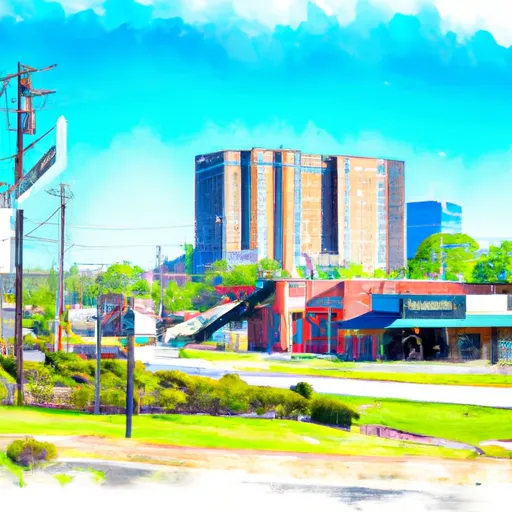°F
°F
mph
Windspeed
%
Humidity











Jennings, Louisiana is a small city located in the southwestern part of the state. The climate in Jennings is classified as humid subtropical, characterized by hot, humid summers with frequent showers and mild winters. Average temperatures range from around 60°F in winter to 90°F in summer.
In terms of hydrology constituents, Jennings is situated in the heart of Louisiana's rice-growing region, which relies on abundant water sources for cultivation. The city is also situated near the Mermentau River and Bayou Nezpique, offering opportunities for fishing, boating, and other water-based activities.
Outdoor recreation enthusiasts in Jennings can explore the nearby Chicot State Park, which features a large man-made lake ideal for kayaking, canoeing, and fishing. The park also offers trails for hiking and biking, picnic areas, and camping facilities. Additionally, golf enthusiasts can enjoy the Jennings Golf Club, an 18-hole course located within the city itself.
With its favorable climate, hydrological features, and various outdoor recreation opportunities, Jennings, Louisiana provides a pleasant environment for both residents and visitors to enjoy nature and engage in outdoor activities.
Weather Forecast
Jennings receives approximately 1525mm of rain per year, with humidity levels near 90% and air temperatures averaging around 20°C. Jennings has a plant hardyness factor of 9, meaning plants and agriculture in this region tend to thrive here all year round.
Regional Streamflow Levels
1,420
Cubic Feet Per Second
482
Cubic Feet Per Second
1,560
Cubic Feet Per Second
836
Cubic Feet Per Second
Nearby Camping
| Camping Area | Reservations | Toilets | Showers |
|---|---|---|---|
| Crooked Creek Rec Area | |||
| Evangeline Camp Complex | |||
| Loran Site Complex | |||
| Kincaid Complex | |||
| Rapides Coliseum | |||
| Valentine Lake South Shore |



